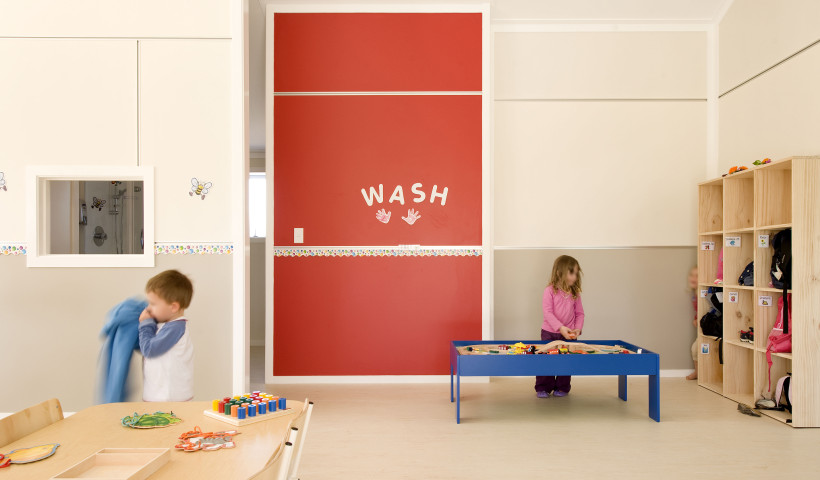
Climate's aim through powder coating technology is to help enable the construction of a sustainable world. Recently they took another bold step towards this goal by investing in its own powder coating manufacturing facility that produces low-cure powder coatings for use in-house. This has enabled the recycling of waste powder back into the production of new powder coatings, diverting over 10 tonnes of powder waste from landfill since commissioning the new plant.
Previously powder was made for Climate by third parties, locally as well as off-shore, packaged in plastic bags and boxes and shipped, in some cases many miles. By manufacturing in-house, Climate has reduced powder waste that was previously 5-7% down to less than 1%, taking waste otherwise destined for landfill and recycling it to manufacture new powder. It has also meant eliminating single use plastic and cardboard packaging and the carbon impact of shipping finished powder goods. Once the powder is manufactured it is applied electrostatically via two large scale vertical and horizontal powder coating lines and thermally fused to the substrate using low energy infra-red ovens.
Powder coating as an industrial finishing technology is growing, replacing liquid coatings and laminating technology, due to its low waste processes, near-zero VOC emissions and the fact no water or solvents are used in the product or application process. Traditionally limited as a coating technology for metallic materials, it has developed over two decades to enable more materials to be protected and decorated sustainably, such as plywood, plasterboard, MDF, strand-board, fibre cement and more.
These sustainability improvements impact Climate's customers' products that are powder coated as well as Climate’s products Ecotile and Climateline. By working with building products powder coated by Climate, you are making a meaningful step towards circularity; implementing a reduce, reuse and recycle approach with sustainable powder coating technology.













 Case Studies
Case Studies









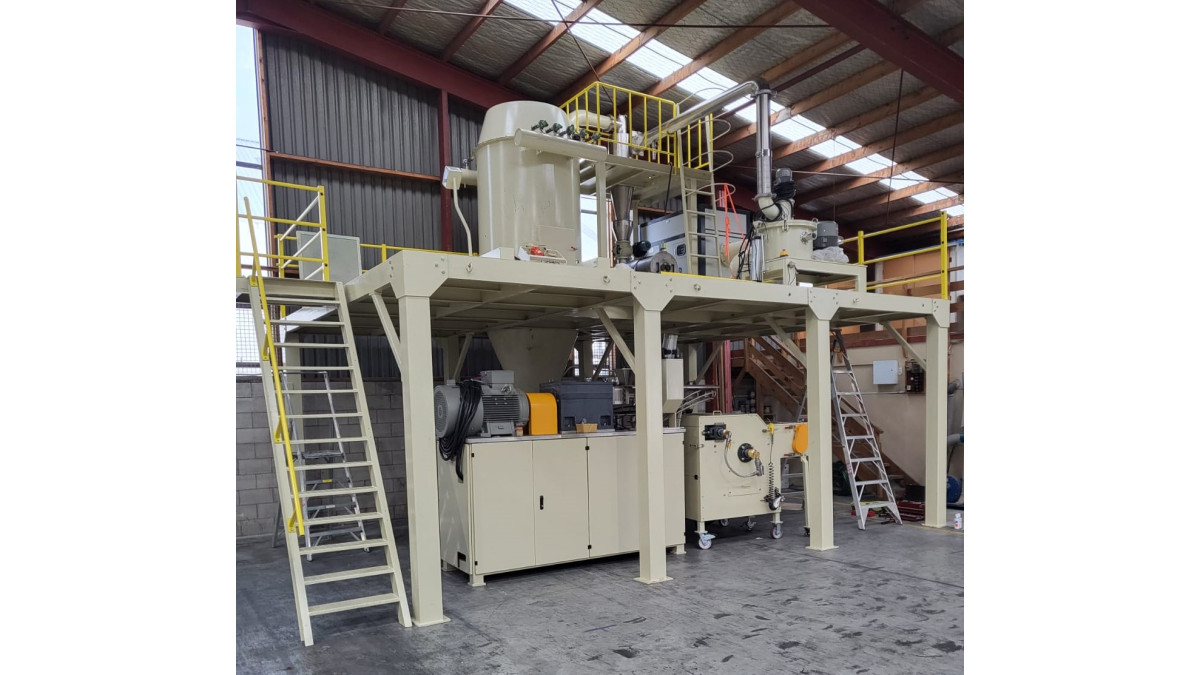
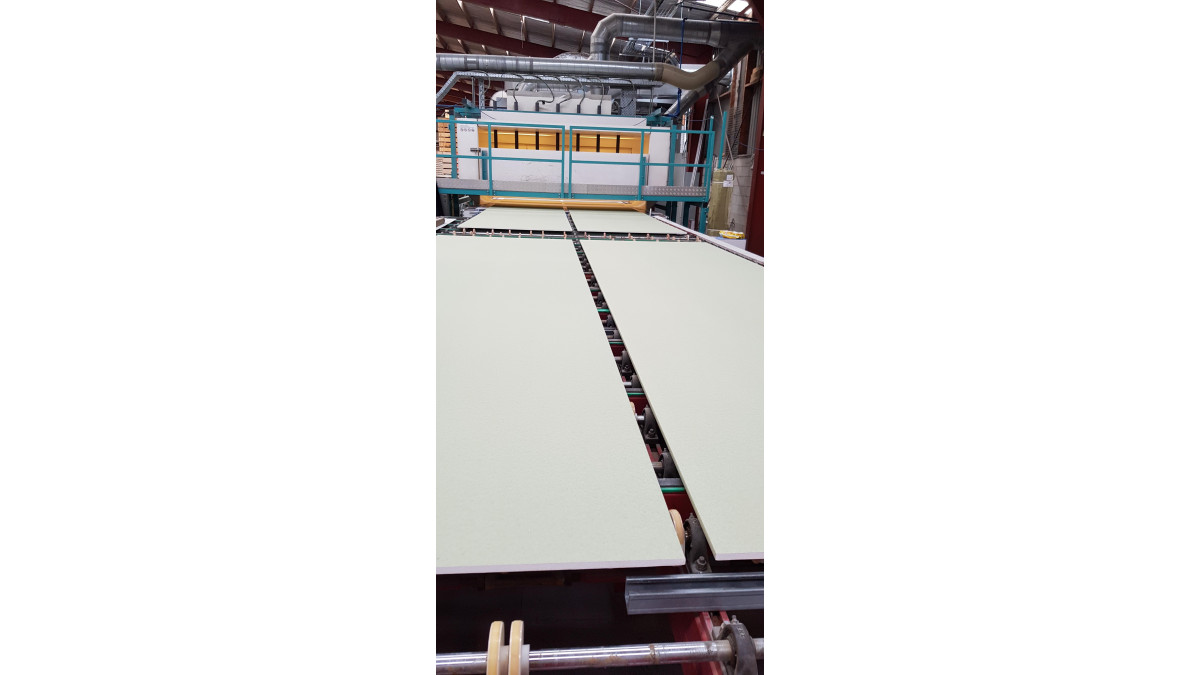
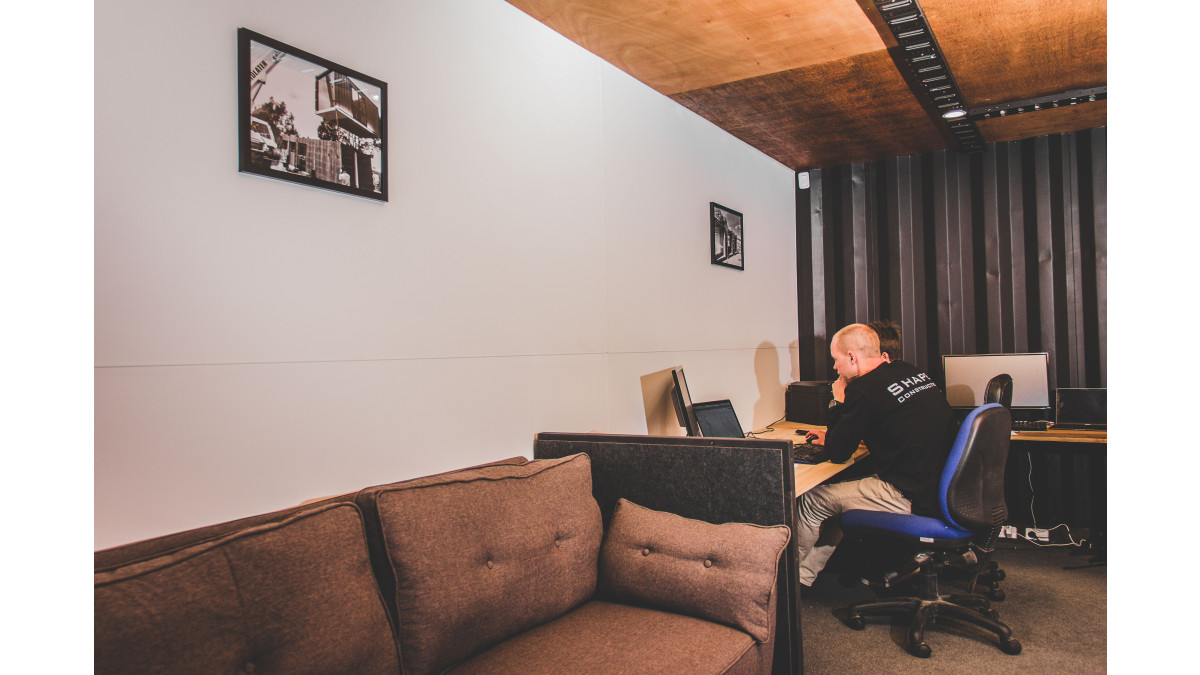
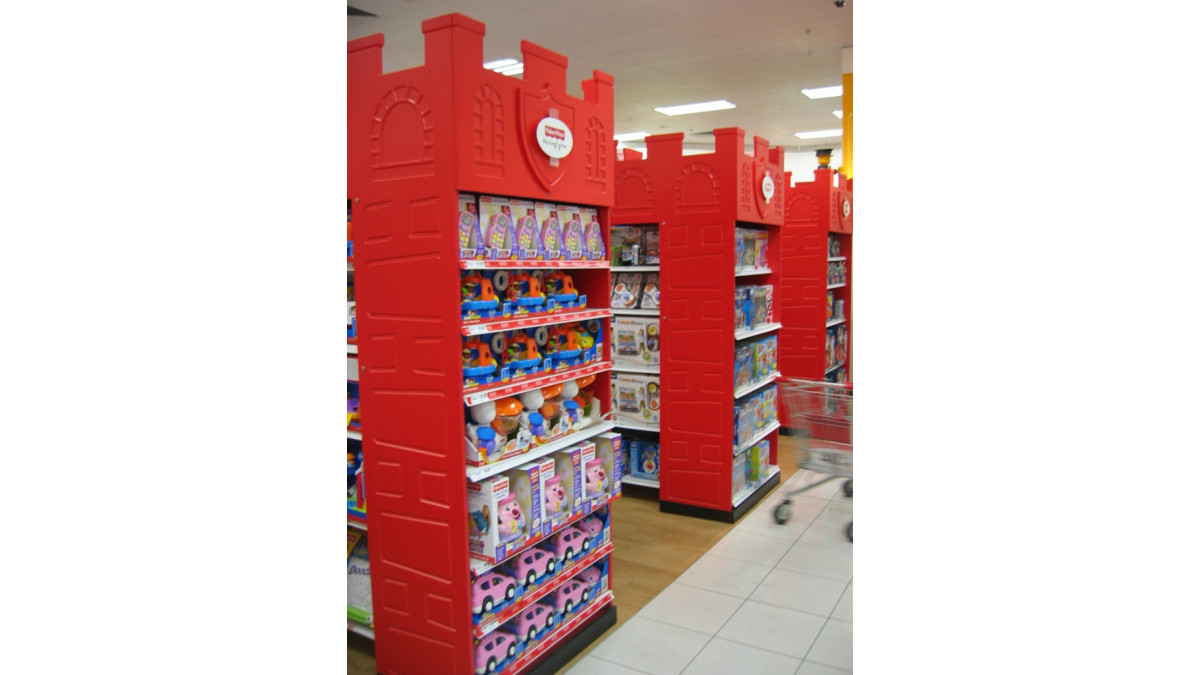
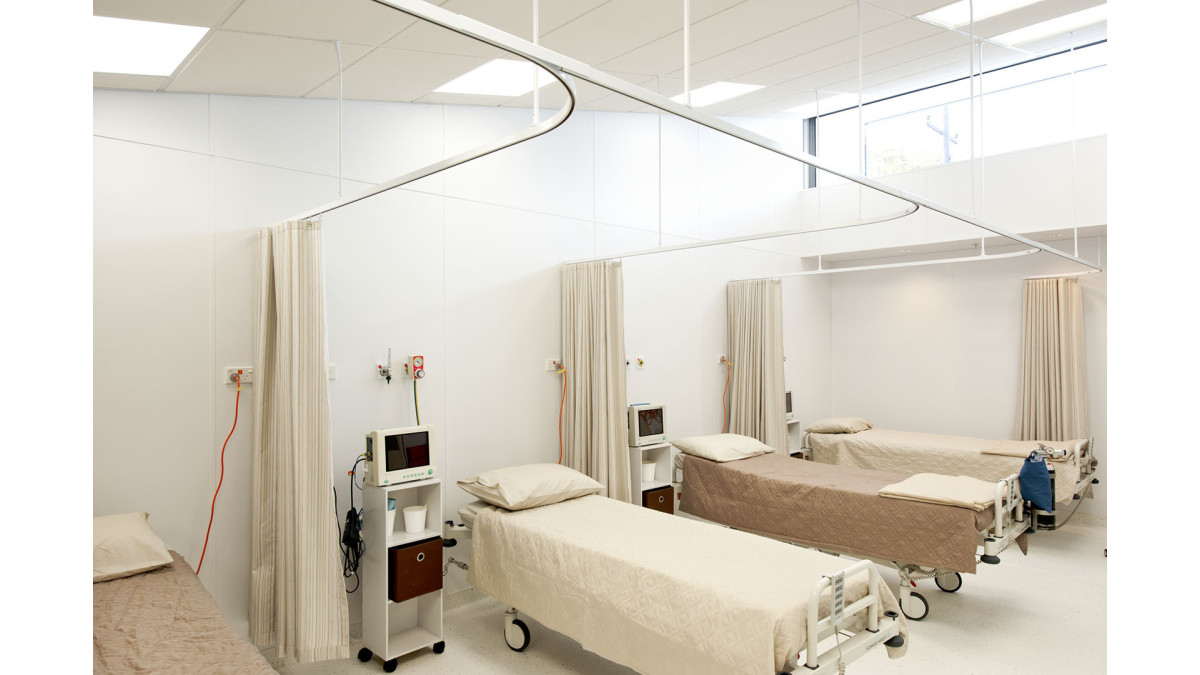



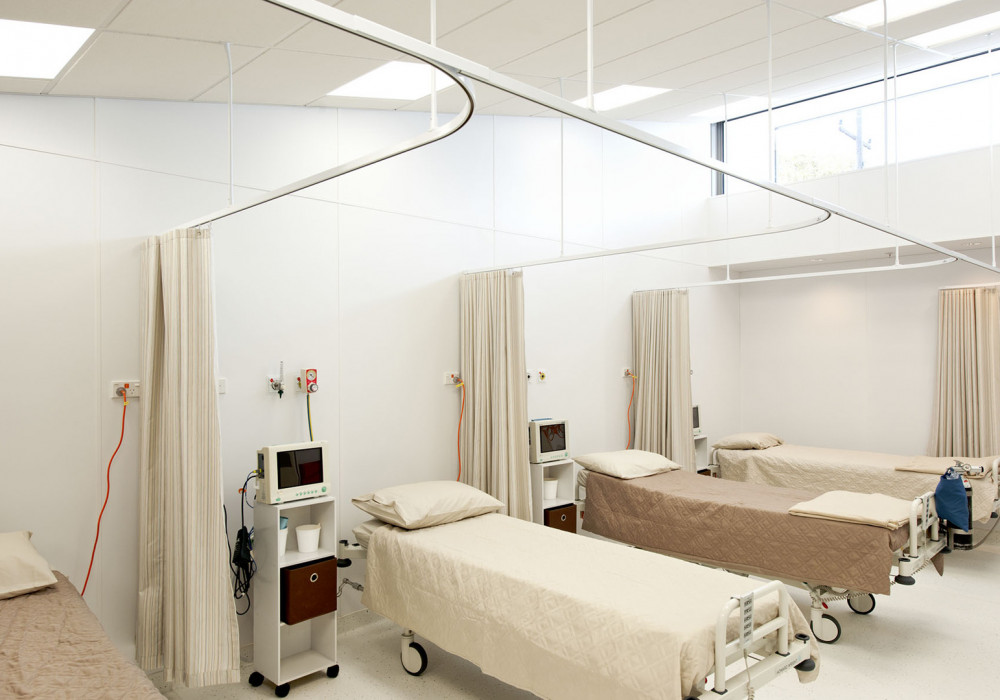
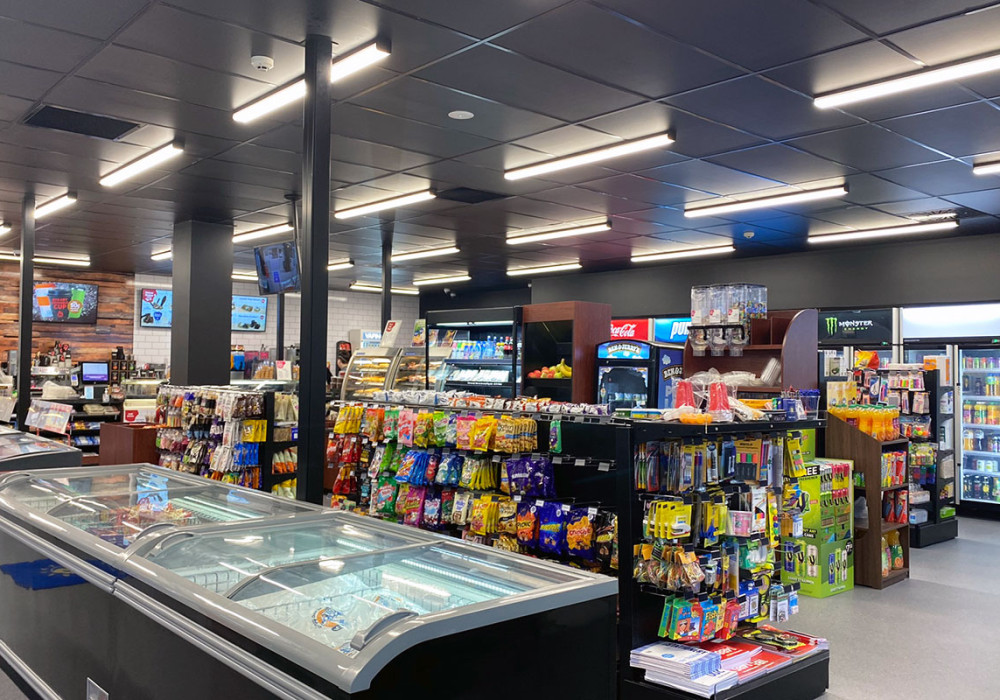

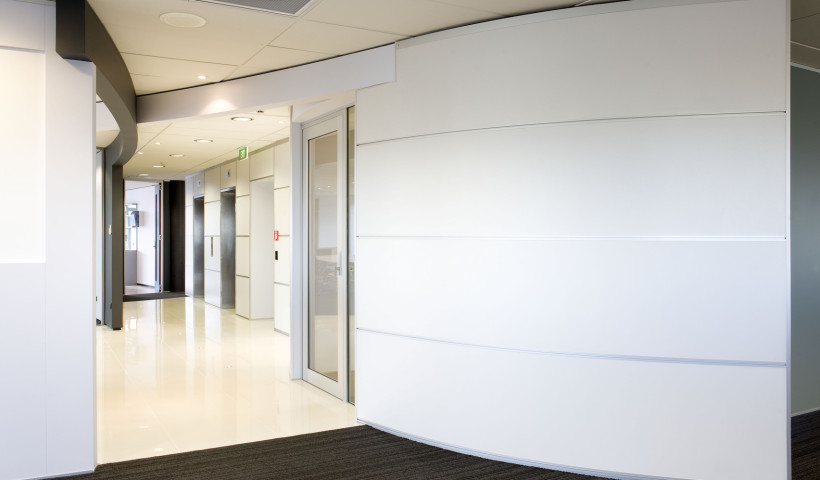
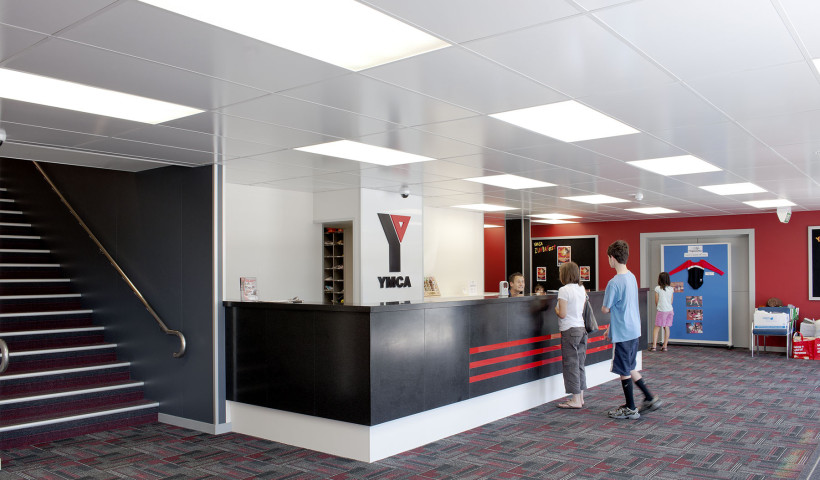
 Popular Products from Climate
Popular Products from Climate


 Most Popular
Most Popular


 Popular Blog Posts
Popular Blog Posts